Last updated on November 6th, 2024
Reimagining an abandoned quarry as a vineyard
by Carolyn Ray
Eleven years ago, Virginia Pones and her husband Bernat decided to plant a vineyard of red grapes in an abandoned sandstone quarry. There was a practical desire to make the land useful, but there was also a memory that called to them.
“My husband Bernat remembered that when he was a child, his grandfather used to have a vineyard in the quarry,” says Pones. “His father uprooted it and planted a field of fruit trees like apple trees and fig trees. Then it was abandoned. Only the pigs went there to eat the fruit from the ground.”
Their first harvest of cabernet sauvignon was quite low in alcohol, Virginia rcalls. “We were scratching our heads,” she says. “Then we found out that it has everything to do with the marés.”
Originally formed by the decomposition and compression of marine animals, marés is used in the construction of buildings in the Balearic Islands because it lets humidity pass through. Many buildings in Mallorca are built with this type of stone, including the Cathedral of Palma, Bellver Castle and the Royal Palace of the Almudaina.
Pones says that they learned the quarry had its own microclimate and that the marés, a type of sandstone, acted like a sponge. This makes it quite different from other wineries on the island.
“Because the subsoil has been crushed, the roots find it very easy to go, deep, deep, deep down, and find the moisture that they need,” she says. “Combined with rainwater and underground rivers, this means that less water is required to grow wine.”
Today, the winery, Dalt Turo, is just starting to produce top-rated wines, including three red wines, a white and a pale rose, using native grape varieties in creative ways.
Sign up now: Get stories about women-owned businesses delivered to your inbox! Join our mailing list here.
Winemaking in Mallorca
With over 500 miles of coastline, Mallorca is the largest of the four Balearic Islands off the coast of Spain and boasts over 100 wineries, or bodegas. Winemaking has a long history in Mallorca, in fact, the oldest winery on the island, Bodegas Ribas, was established in the 1700s. The island’s combination of soil, sun and proximity to the water produces unique wines, complementing Spain’s status as one of the top wine-producing regions in the world, with almost a million hectares of vineyards. Mallorcan wines are all labelled under the Vi de la Terra de Mallorca designation.
Located halfway between the villages of Campos and Santanyi, Dalt Turo is perched at the top of a hill with breathtaking vistas of the ocean and the mountains. When I visit, it’s a balmy spring afternoon. Virginia and Bernat greet us with a glass of Acopinyat, a white wine blend of Cabernet Sauvignon, Merlot, and Manto Negro, made with Callet, a local Indigenous grape.
After a tour of the vineyard and the cool cellars underneath, our group gathers at the newly built store for a wine and food tasting. Sitting family style, we enjoy a late lunch at a large rectangular table, with a spread of locally produced cheeses, sobrasada (a cured sausage unique to the Ballaeric Islands), cured meats, jams and olive oil, and the full range of Dalt Turo’s wines.
As I savour every sip, Virginia offers a snapshot of her life, as a mother of three boys and part-time translator. She speaks Mallorcan, Spanish, French, English and Portuguese. Her husband, Bernat, is an agricultural engineer with a flair for design and construction. Together, they’ve built Dalt Turo from the ground up.
Find a wine tour: Find a wine tour on Mallorca here.
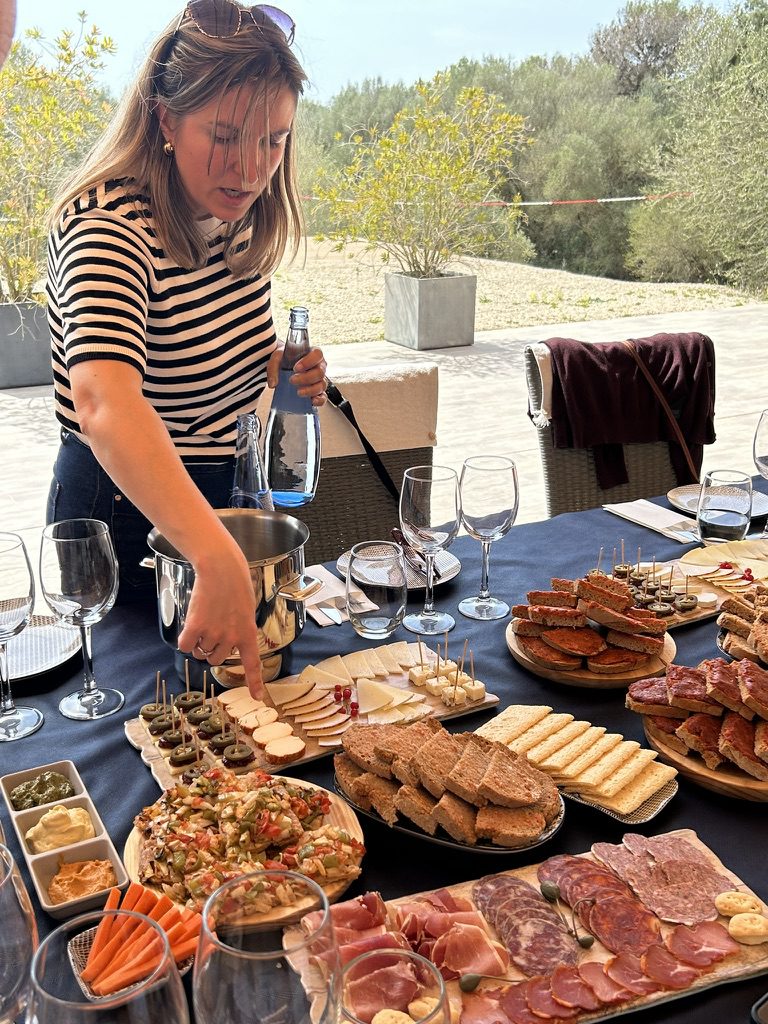
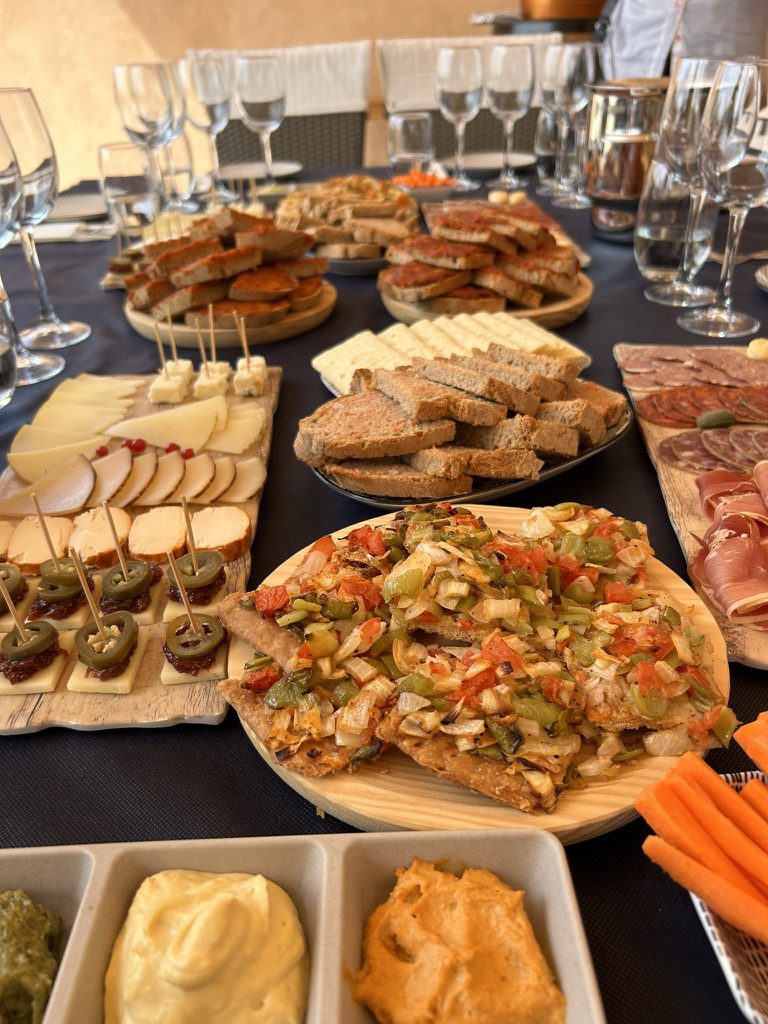
Winemaking is a year-round business
Wine-making is a full-time business that runs year-round. Once the grapes are harvested into wine, it has to be bottled, stocked and sold. Last year, the winery, which is on 40 hectares of land, including the old marés quarry, produced 80,000 bottles.
Pons says they’ve been harvesting slightly earlier, about 10 days or so, depending on the variety, but not much more than that. This begins towards the middle of July to mid-September.
In the beginning, rather than focus on selling the wines, Pons says the focus was on making sure the product was good enough to satisfy palates on the island. Working with a local grape variety called Callet, the winery is producing two different lines. One is a blend, and the other is a mono-varietal called Mal Bitxo. There is a lot of competition, but recently, Dalt Turo received high scores, with all its wines ranking over 90 on Spain’s wine ranking, Guia Peñin.
“At the beginning, we didn’t do any marketing,” she says. “We had no social media, no nothing, because we wanted to make sure that the product was good enough. When you live in such a small place, it’s very difficult to change your reputation.”
A love for the land and your roots
Having visited the winery and sampled the wine and locally grown food, it’s easy to see the passion both Virginia and Bernat have for their business. It’s also a way to provide a legacy for their three children. Pones, who was raised in Palma, says she wants her kids to grow up in the countryside.
“We want them to learn the values of the farmers, which are hard work, sacrifice, but loving your roots,” Pones says. “We want them to be close to the family. We want them to grow in the countryside, to be able to go to their grandparents and help them on the farm with the cows and the animals. And that’s what we’ve been doing.”
“We love what we do,” she says. “We love the farm, especially my husband. This is the land he grew up in. He’s seen his family working in the land for generations. And he loves agriculture. And I love the kind of life that we have. Our kids can grow here. They enjoy the harvest time and going to the fair. One thing we’ve tried to do is to try to always keep the essence of what we are and the essence of where we come from.”
Ideally, Pones would like groups to visit, but she doesn’t want to become a stop for mass tourism. Keeping the essence of the family is important to her.
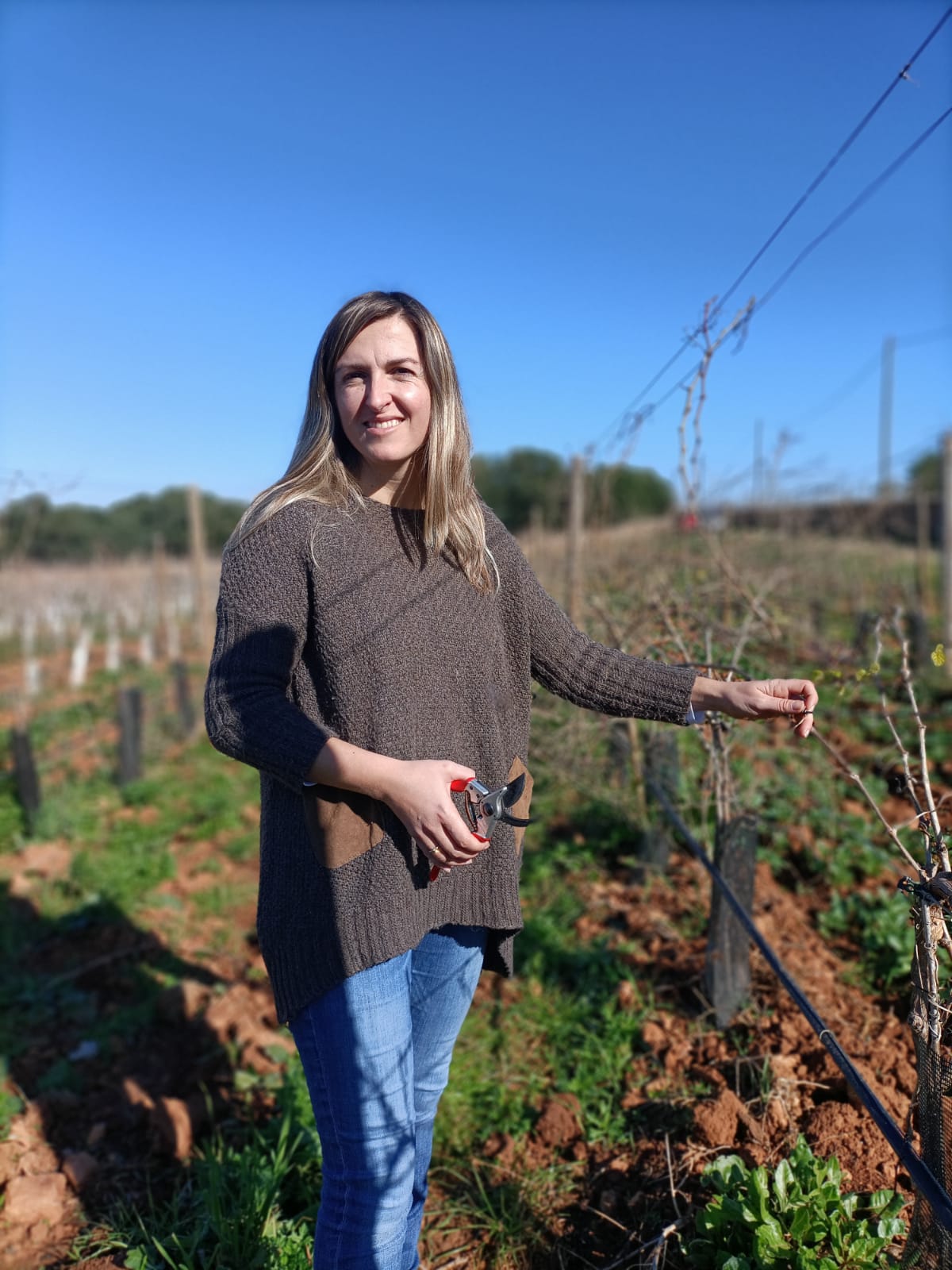
“When you have hundreds of people visiting your winery every week, you have to make a lot of changes, and you lose a little bit the essence of the family project and what we do, and love,” she says. “I think we need to find balance. We want people to know us, and we want people to come and visit us and enjoy our wines. But we don’t want to have thousands of people here.”
You can visit Dalt Turó and enjoy a tasting of their wines combined with a tour of the vineyards. To learn more about the winery or book a tour, visit https://www.daltturo.com/en/ or email [email protected].
Other sights in Mallorca
The island of Mallorca was under Arab rule for hundreds of years. Then, it was called Mayurqa and had markets, fountains, mosques and bath houses. Discovering Mallorca’s historic Baños Árabes on a small side street was a joy – you can feel the peace and serenity as soon as you enter the small courtyard. Found only 100 years ago, these 10-century baths are all that remains of Arab Mayurqa (now known as Palma). Imagine enjoying a hot bath and then relaxing in the fragrant courtyard surrounded by orange and lemon trees. Around the corner on the Monasterio de St Clara, where nuns serve delicious pastries through a small window.
From 1903-1914, Gaudi spent 10 years living in Palma and restored the Gothic Cathedral of Santa Maria. One of his most stunning pieces is a hanging canopy above the altar. Next door is the Royal Palace of La Almudania, one of the official residences of the Spanish royal family. Find a walking tour in Palma here!
Read More: Five Must-Visit Spanish Towns
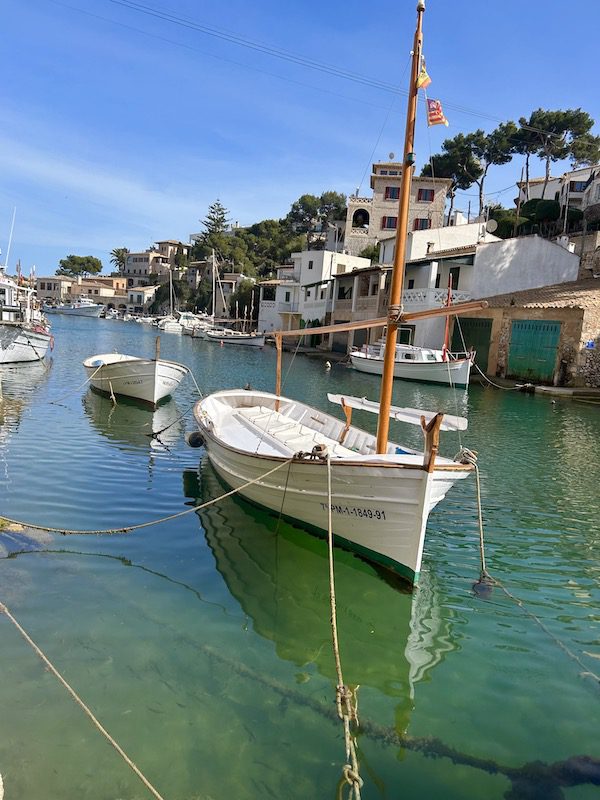
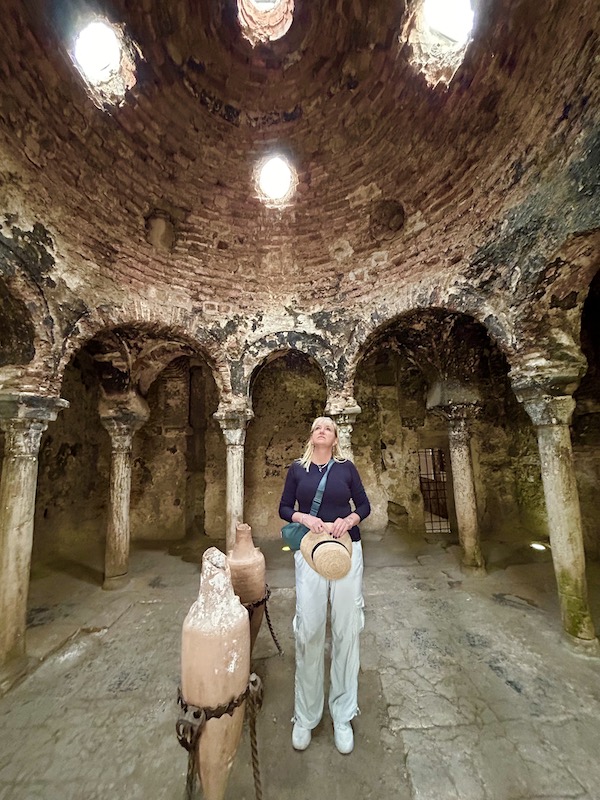

To get to Mallorca
Flights are available from mainland Spain or Europe. Find a flight here. You can also take a ferry from Ibiza and other ports in Spain. There are 16 daily sailings and up to 101 weekly sailings to Mallorca. Find one here.
If you’re not travelling with a group, you’ll need to rent a car to visit Dalt Turo and charming places like Sayulita Market and Bellver Castle above the city.
I stayed at Concepio by Nobis in Mallorca’s historic old town. Find a place to stay here.
Disclaimer: This trip was hosted by Tourism Spain for professional travel writers through SATW Canada (Society of American Travel Writers). The tourism board did not review this article prior to publication.

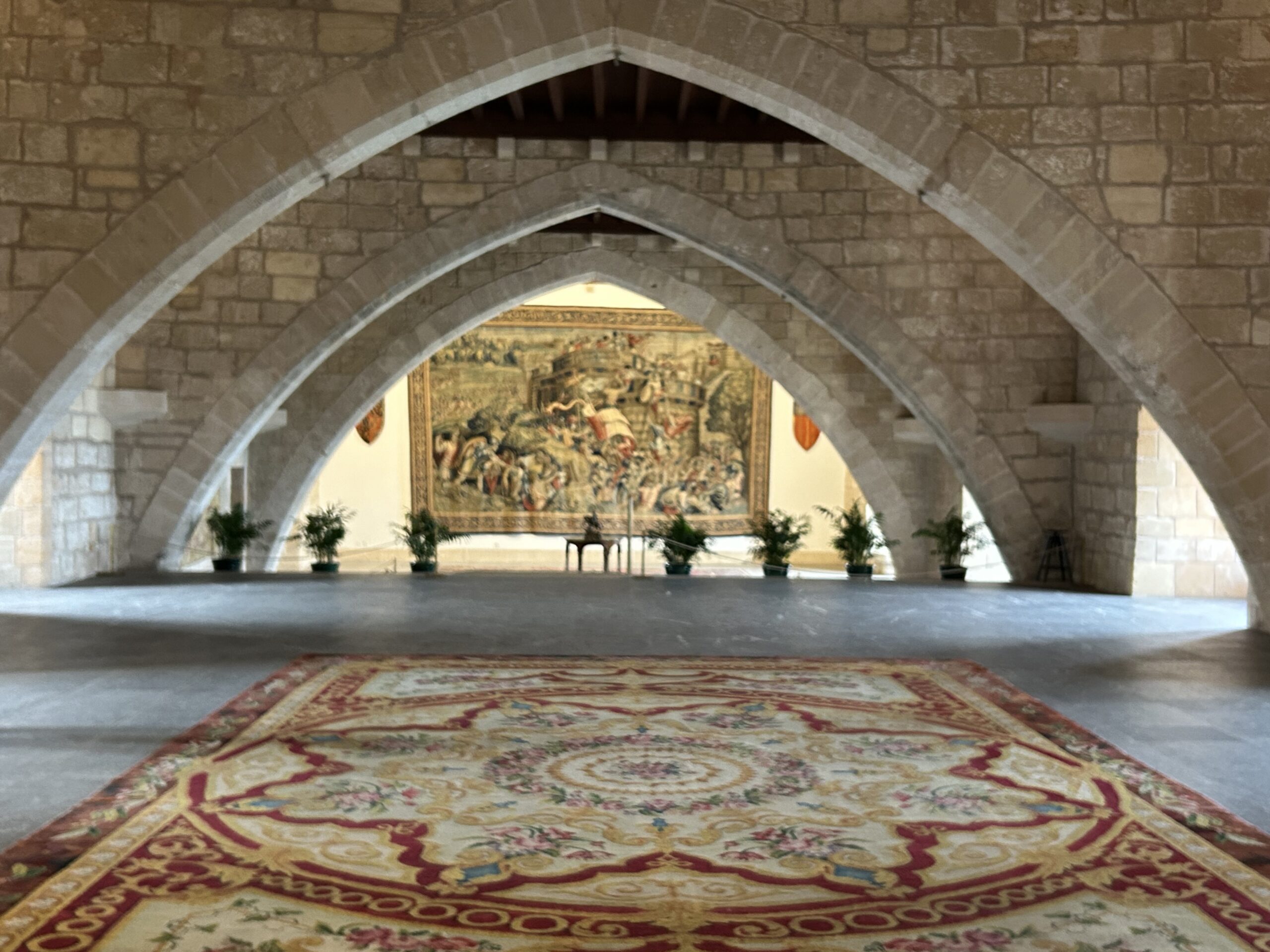
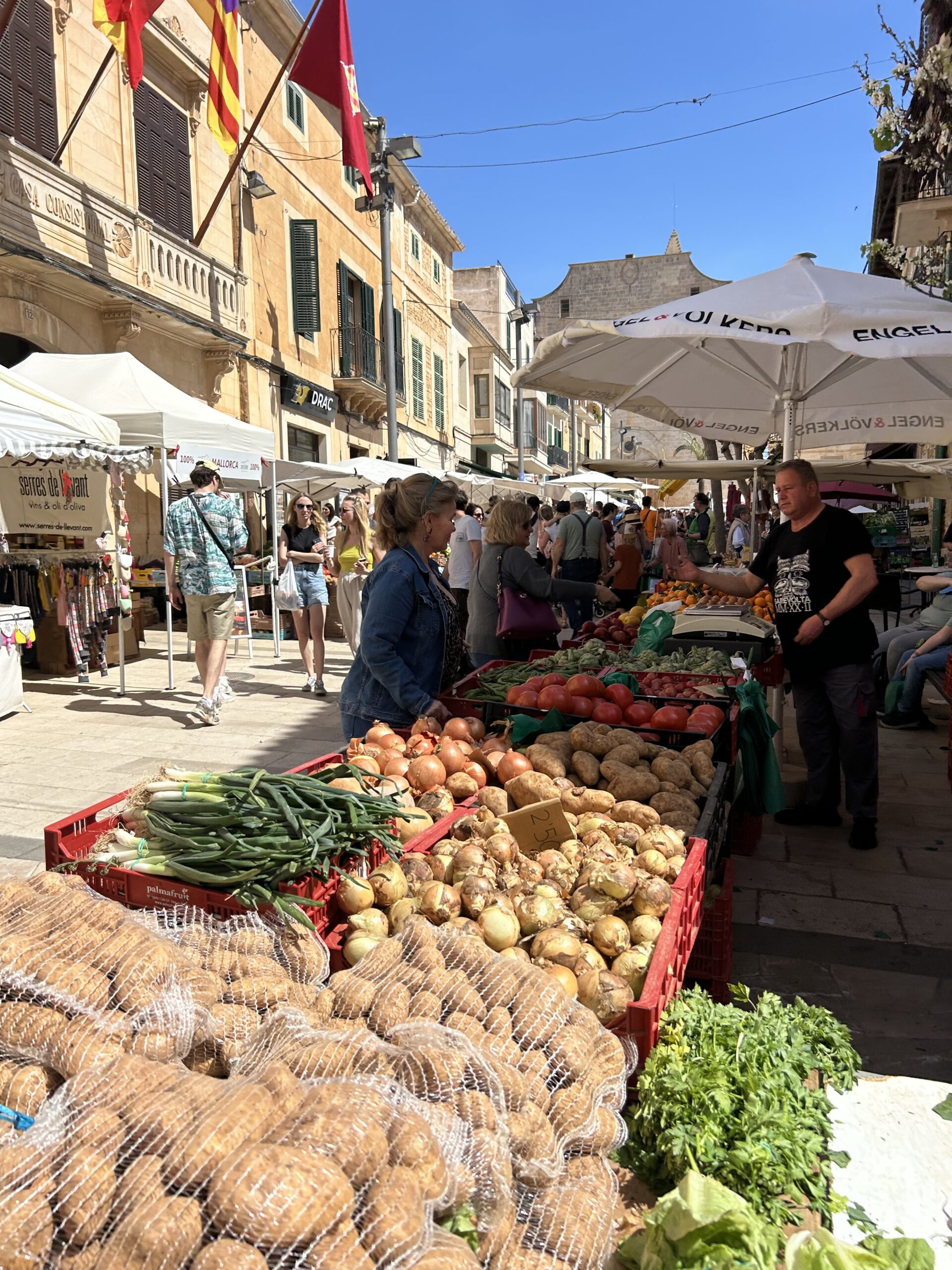
More to Discover From Spain
Solo Travel Survey About Spain: Canadian Women, Take Our Survey by December 20, 2024
Canadians women are invited to take our solo travel survey on Spain to share perspectives about past and planned travel by December 20, 2024.
Where to Stay in Barcelona, Spain: Recommendations From Solo Women
Women share their recommendations on where to stay in Barcelona, Spain, including hotels, hostels and affordable accommodations.
A Solo Trip to the Basque Region: Bilbao, San Sebastian and Biarritz
The Basque region, straddling northern Spain and southern France, is an area often forgotten by travellers to Spain, but from the moment I arrived I fell in love with its cultural richness, natural beauty, and food.

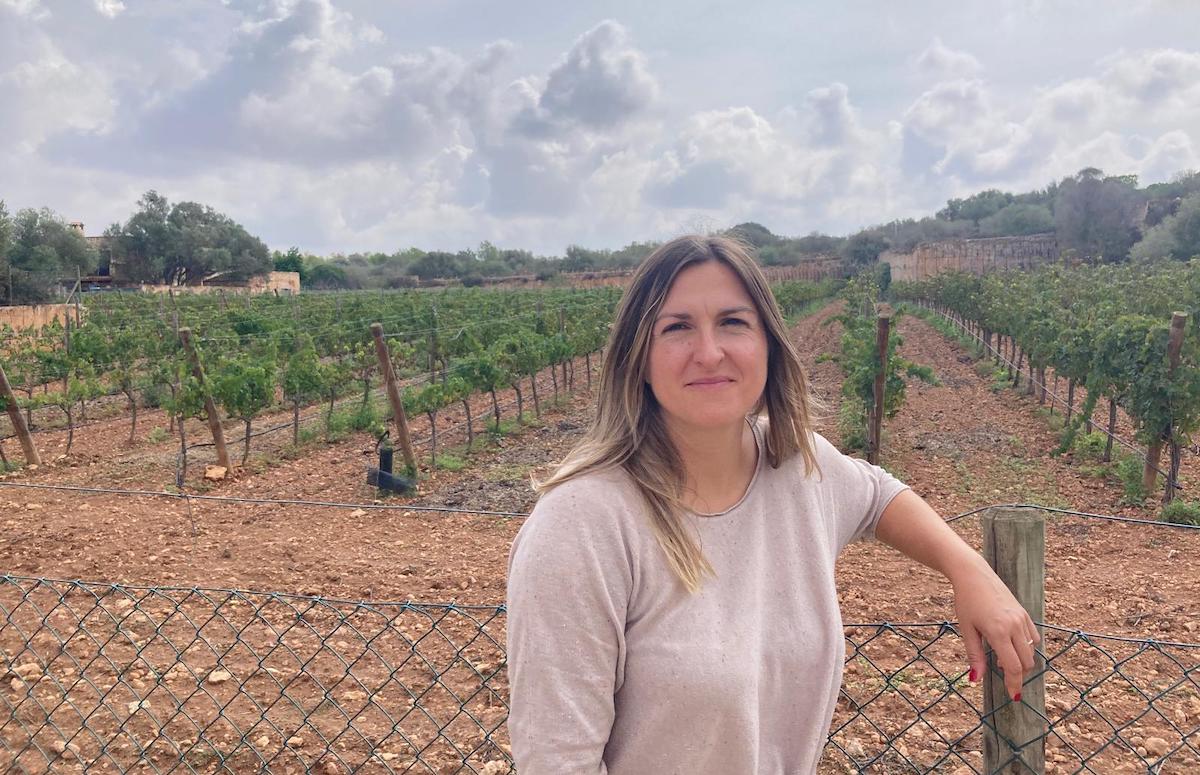



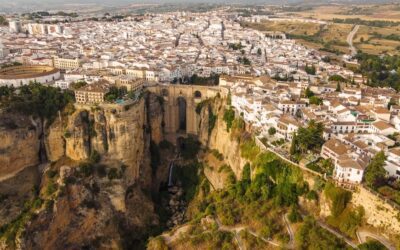

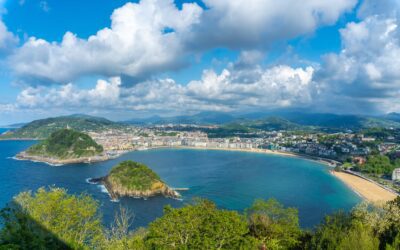
0 Comments
We always strive to use real photos from our own adventures, provided by the guest writer or from our personal travels. However, in some cases, due to photo quality, we must use stock photography. If you have any questions about the photography please let us know.
Disclaimer: We are so happy that you are checking out this page right now! We only recommend things that are suggested by our community, or through our own experience, that we believe will be helpful and practical for you. Some of our pages contain links, which means we’re part of an affiliate program for the product being mentioned. Should you decide to purchase a product using a link from on our site, JourneyWoman may earn a small commission from the retailer, which helps us maintain our beautiful website. JourneyWoman is an Amazon Associate and earns from qualifying purchases. Thank you!
We want to hear what you think about this article, and we welcome any updates or changes to improve it. You can comment below, or send an email to us at [email protected].